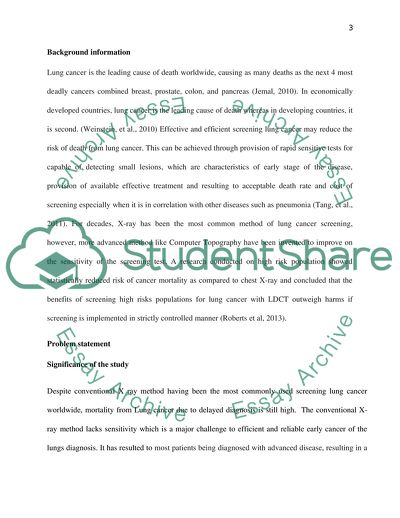Cite this document
(Comparison Between Computer Tomography and Conventional X-ray Research Proposal, n.d.)
Comparison Between Computer Tomography and Conventional X-ray Research Proposal. https://studentshare.org/health-sciences-medicine/1818964-compare-and-contrast-the-use-of-high-resolution-computed-tomography-and-conventional-x-ray-in-the-early-detection-of-lung-cancer
Comparison Between Computer Tomography and Conventional X-ray Research Proposal. https://studentshare.org/health-sciences-medicine/1818964-compare-and-contrast-the-use-of-high-resolution-computed-tomography-and-conventional-x-ray-in-the-early-detection-of-lung-cancer
(Comparison Between Computer Tomography and Conventional X-Ray Research Proposal)
Comparison Between Computer Tomography and Conventional X-Ray Research Proposal. https://studentshare.org/health-sciences-medicine/1818964-compare-and-contrast-the-use-of-high-resolution-computed-tomography-and-conventional-x-ray-in-the-early-detection-of-lung-cancer.
Comparison Between Computer Tomography and Conventional X-Ray Research Proposal. https://studentshare.org/health-sciences-medicine/1818964-compare-and-contrast-the-use-of-high-resolution-computed-tomography-and-conventional-x-ray-in-the-early-detection-of-lung-cancer.
“Comparison Between Computer Tomography and Conventional X-Ray Research Proposal”. https://studentshare.org/health-sciences-medicine/1818964-compare-and-contrast-the-use-of-high-resolution-computed-tomography-and-conventional-x-ray-in-the-early-detection-of-lung-cancer.


